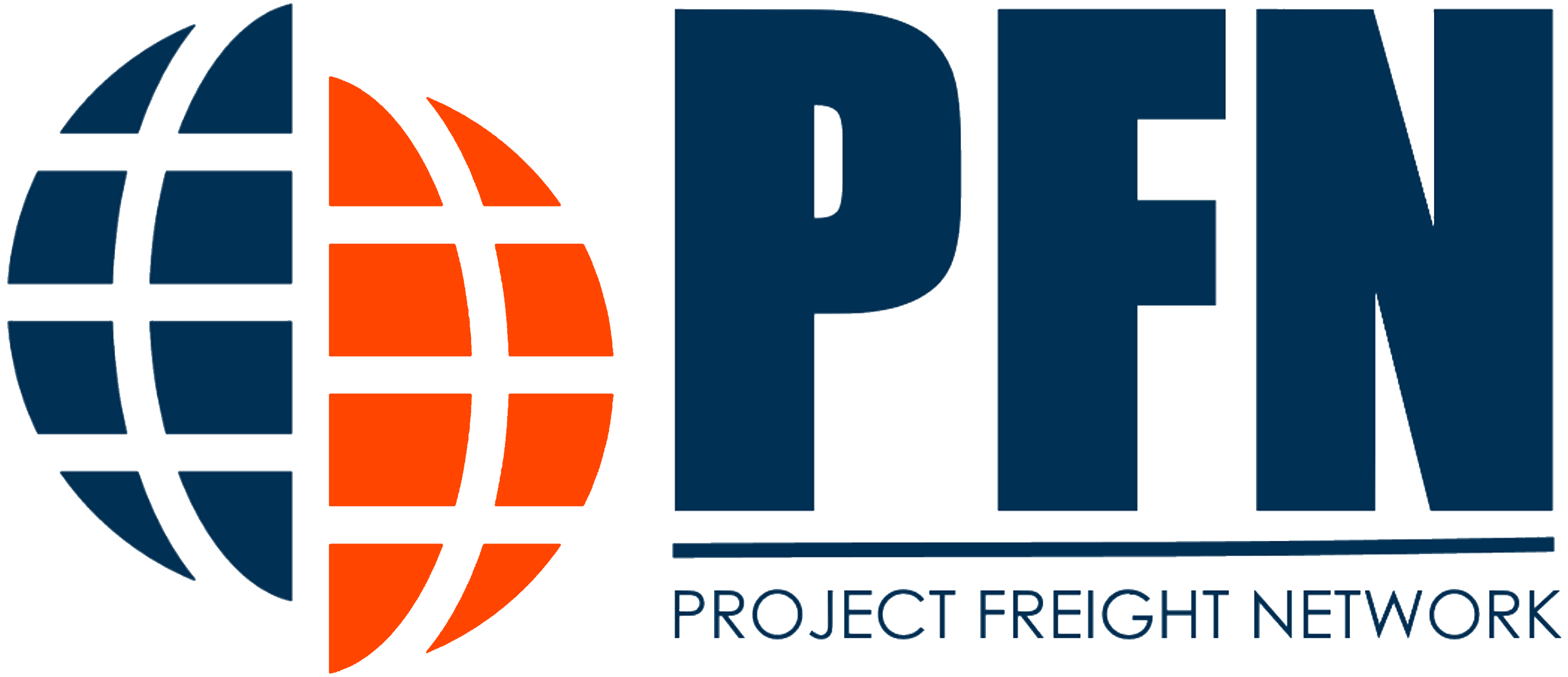Ocean rates out of Asia were stable last week across most lanes, maintaining their mid-July highs. However, forwarders and shippers reported greater ease in securing allocations and spot bookings. Projections indicate a decline in US imports starting in September, suggesting that rates might decrease in the coming weeks.
The Asia to North America West Coast lane has already seen a 15% drop in prices over the past three weeks. While some carriers plan rate increases for mid-August, the combination of easing demand and increased capacity casts doubt on the sustainability of these hikes.
The earlier-than-usual peak in US demand this year is largely due to frontloading. Concerns over a potential East Coast and Gulf port worker strike in October prompted importers to expedite shipments. The ILA union’s upcoming early September meeting to finalize contract demands and prepare for a potential strike has added to this urgency.

Additionally, some importers rushed to bring in goods from China ahead of expected tariff increases set for August 1st. However, the US Trade Representative recently announced a delay in the tariff review, with a final determination expected later in August. The tariffs will only take effect two weeks after the announcement.
In other labor news, the review of a potential port worker strike in Vancouver and Prince Rupert is expected to conclude by August 9th. If approved, a strike could begin three days later, further impacting logistics.
On the transatlantic route, ocean rates increased by about $600/FEU earlier this year due to Red Sea diversions. Rates have since stabilized at $1,800/FEU, despite a gradual improvement in demand. Carriers have announced potential rate increases of up to $1,000/FEU for September, but market conditions may hinder these hikes.
Political unrest in Bangladesh has caused significant logistics disruptions since early June. Following the Prime Minister’s resignation on Sunday, the army has escalated efforts to restore calm. The three-day suspension of commercial activities has shut down garment manufacturing, border crossings, airports, and rail services, disrupting the movement of goods.
The Terminal data indicates that export ocean container rates have risen sharply since the disruptions began. Rates to the US are now over 40% higher than two months ago, reaching approximately $8,650/FEU. Rates from Chittagong to Rotterdam have surged nearly 170% to around $7,000/FEU. Continued backlogs and delays could lead to additional storage costs and further rate increases, with some carriers already announcing mid-month price hikes.
In air cargo, The Air Index rates from China to the US have decreased by 12% in the past few weeks. Despite this decline, prices remain high at $4.90/kg, a level typically seen only during the Q4 peak season, indicating strong e-commerce volumes.
Rates from the Middle East have dropped, with air freight from the UAE to North America down 16% to $2.57/kg, and to Europe down 20% to $1.56/kg. This decrease suggests easing demand for air freight as ocean logistics pressures begin to diminish.
Source: freightos





